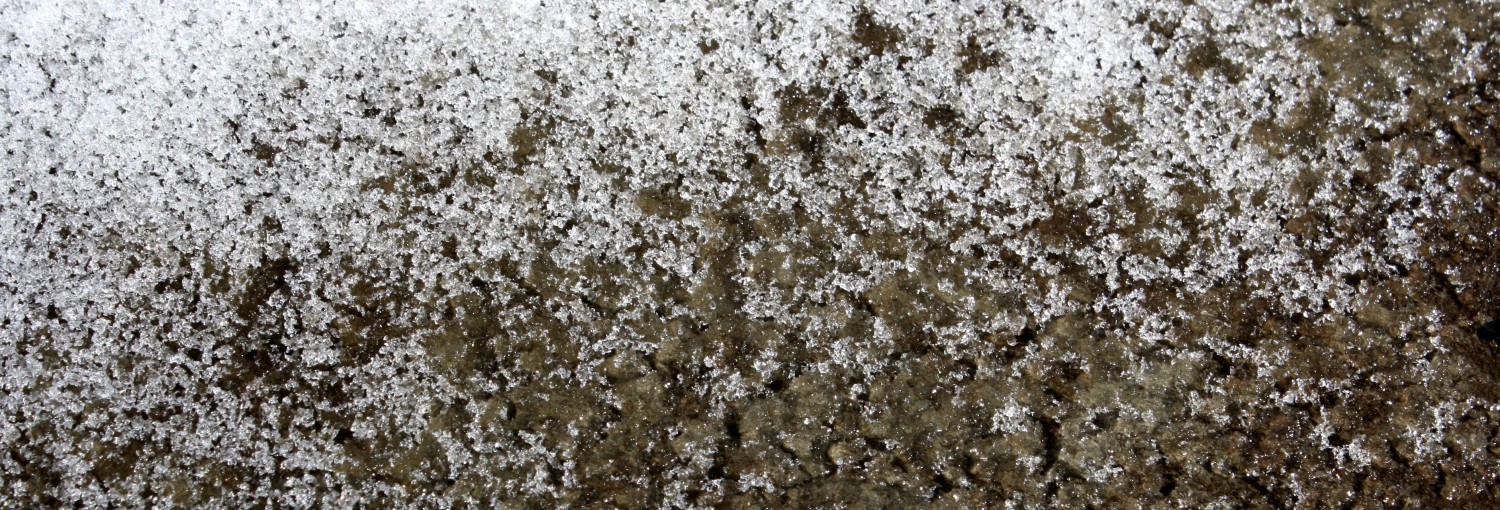Full citation: Kaspari, S., S. McKenzie Skiles, I. Delaney, D. Dixon, and T. H. Painter (2015), Accelerated glacier melt on Snow Dome, Mount Olympus, Washington, USA, due to deposition of black carbon and mineral dust from wildfire. J. Geophys. Res. Atmos., 120, 2793–2807. doi: 10.1002/2014JD022676.
Abstract:
Assessing the potential for black carbon (BC) and dust deposition to reduce albedo and accelerate glacier melt is of interest in Washington because snow and glacier melt are an important source of water resources, and glaciers are retreating. In August 2012 on Snow Dome, Mount Olympus, Washington, we measured snow surface spectral albedo and collected surface snow samples and a 7 m ice core. The snow and ice samples were analyzed for iron (Fe, used as a dust proxy) via inductively coupled plasma sector field mass spectrometry, total impurity content gravimetrically, BC using a single-particle soot photometer (SP2), and charcoal through microscopy. In the 2012 summer surface snow, BC (54 ± 50 µg/L), Fe (367±236 µg/L) and gravimetric impurity (35 ± 18 mg/L) concentrations were spatially variable, and measured broadband albedo varied between 0.67–0.74. BC and dust concentrations in the ice core 2011 summer horizon were a magnitude higher (BC = 3120 µg/L, Fe = 22000 µg/L, and gravimetric impurity = 1870 mg/L), corresponding to a modeled broadband albedo of 0.45 based on the measured BC and gravimetric impurity concentrations. The Big Hump forest fire is the likely source for the higher concentrations. Modeling constrained by measurements indicates that the all-sky 12 h daily mean radiative forcings in summer 2012 and 2011 range between 37–53 W m−2 and 112–149 W m−2, respectively, with the greater forcings in 2011 corresponding to a 29–38 mm/d enhancement in snowmelt. The timing of the forest fire impurity deposition is coincident with an increase in observed discharge in the Hoh River, highlighting the potential for BC and dust deposition on glaciers from forest fires to accelerate melt.
